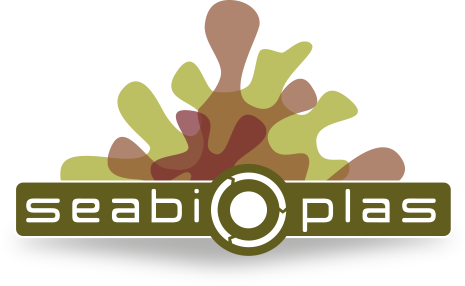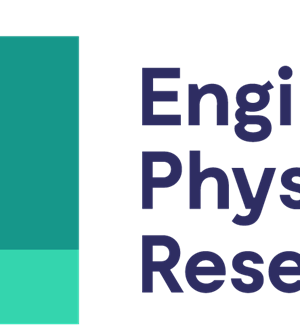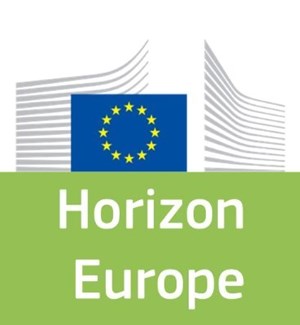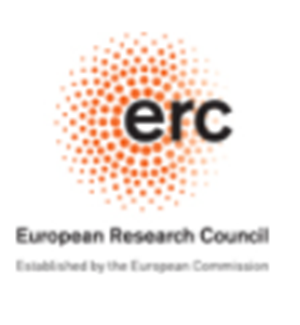- Stichting Wageningen Research - Netherlands
SEABIOPLAS fits EU 2020 strategy: a resource efficient Europe that innovative ideas can be turned into products and services to create growth and jobs. EU is the largest biodegradable polymers consuming region. Major market drivers for biodegradable polymers include legislation, depleting landfill capacity, pressure from retailers, growing consumer interest in sustainable plastic solutions, a quest for fossil oil and gas independence and the reduction of greenhouse gas emissions. The industry defines biopolymers, or bioplastics, as polymers that are either bio-based or biodegradable - PLA is both. The production of PLA and other biopolymers is now based in natural resources like corn, wheat, sugar beets and sugar cane. There is an increasing concern that the use of those raw materials will compete with food, feed or energy production, with consequent escalation of raw material costs and negative environmental effects. The dependence of those feedstocks is a limitation to a wider application of biopolymers in the plastic industry; thus the interest in alternative sustainable resources. SEABIOPLAS proposes seaweeds: offering advantages over traditional feedstocks, including higher productivities, no competition for land use, minimal water consumption while having similar sugar contents and contributing to the reduction of CO2 emissions. SEABIOPLAS offers a complete integrated solution to the plastic SMEs stakeholders through the scientific knowledge provided by the RTDs, from the production of the feedstock in sustainable Integrated Multi Trophic Aquaculture systems, to the development of the biopolymers using innovative technologies of reduced environmental impact until the validation test of the seaweed-based polymers in greener plastic products (shrinkable and stretchable films, adhesives, plastic additives and coatings). As a complement, the viability of valorizing the seaweed residues as ingredients for animal feeds will be assayed in dairy farms and IMTA sites.
Want to analyze based on this project via our analysis tool? Analyze this project
Knowledge Gaps
Bioaccumulation, bioconcentration and persistence
Environmental fate and behavior of plastic
Chronic or long-term effects, multiple forms and/or sources
Environmental effects and ecotoxicity
Species and individual susceptibility
Publications



